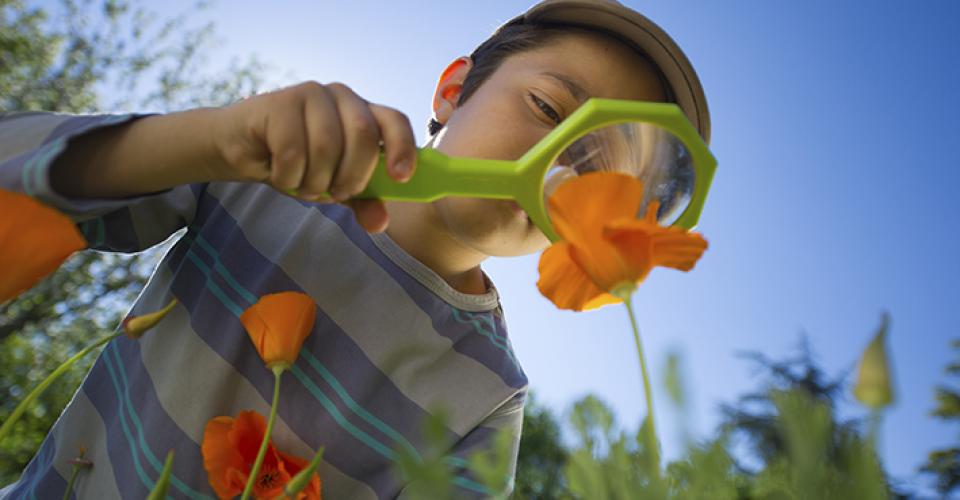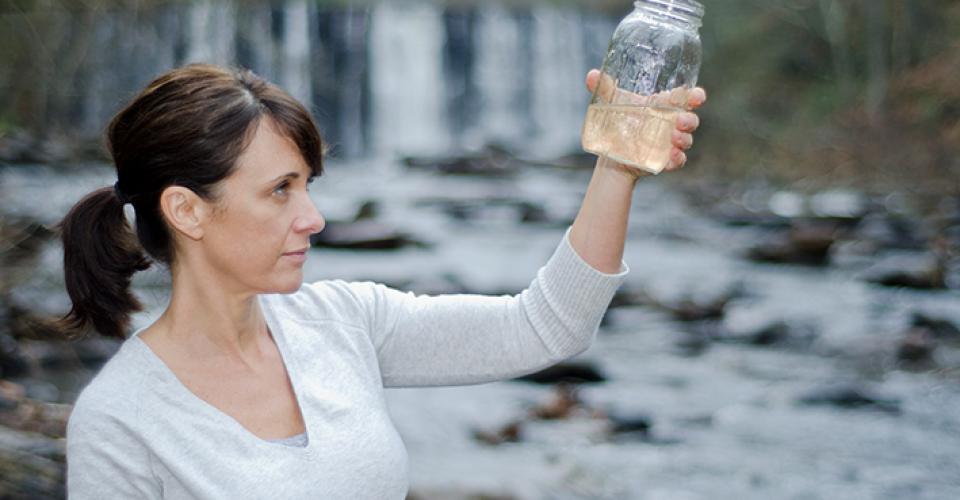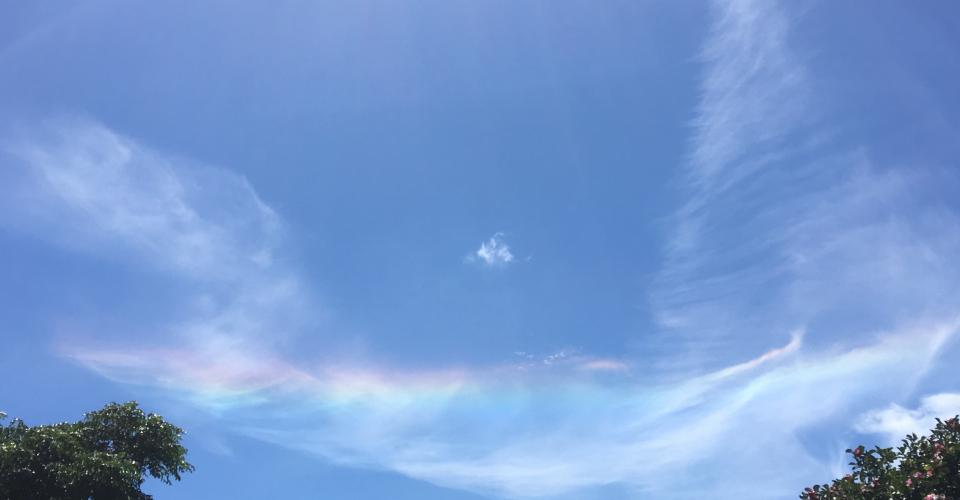Garden Bird survey underway
28/06/2016The annual week-long Garden Bird Survey, run by Landcare Research, is on again this week.
 As one of New Zealand’s biggest ongoing citizen science projects, the Garden Bird Survey is a great way to get kids involved with identifying species of birds that commonly turn up in our backyards, not to mention a great excuse for parents and teachers, and students to spend a peaceful hour in nature.
As one of New Zealand’s biggest ongoing citizen science projects, the Garden Bird Survey is a great way to get kids involved with identifying species of birds that commonly turn up in our backyards, not to mention a great excuse for parents and teachers, and students to spend a peaceful hour in nature.
Birds are an important indicator of the state of our environment, and so the Garden Bird Survey is a crucial study, and a great example of the power of citizen science: it gives science enthusiasts the chance to contribute to some meaningful research; it gives teachers a great context both for the study of New Zealand’s ‘everyday’ environment, and for the study of scientific method; and of course it provides data to scientists that’s crucial to understanding how our environment is changing.
How to take part
-
First, participants need to decide on the survey area that they’ll focus on, whether that’s at home in the garden; in a public park; or at school.
-
Choose a survey day: the Garden Bird Survey this year runs from Saturday 25 June, to Sunday 3 July, so you’ll need to pick a day that suits you.
-
To make it easier to keep track of the birds that you observe, download and print a New Zealand Garden Bird Survey tally sheet, by going here.
-
Find a comfortable seat!
-
Look and listen for birds for one hour.
-
Record what you see (or hear): for each species, record the highest number of birds you see or hear at one time.
-
Submit your results online here.
There’s other resources, answers to frequently asked questions, guides to identifying bird species, and more at the Landcare Research website.

























Post your comment
Comments
No one has commented on this page yet.
RSS feed for comments on this page | RSS feed for all comments